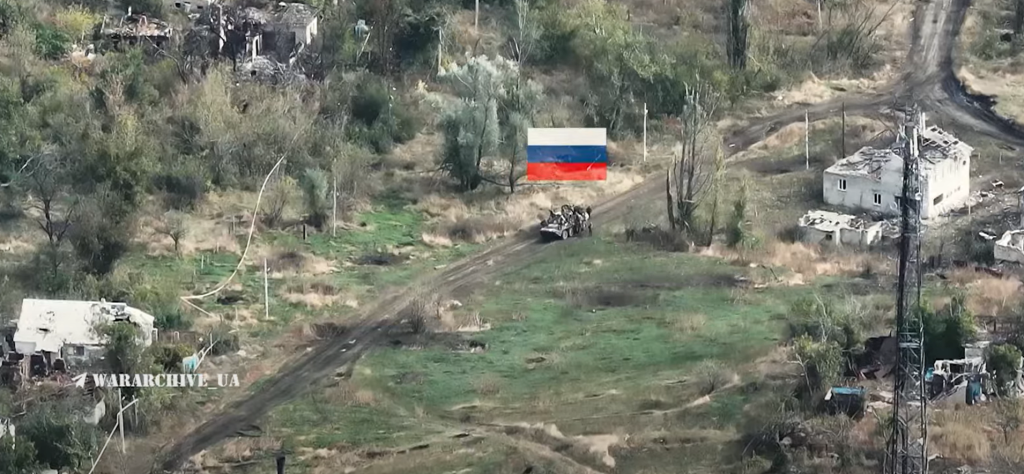The operation did not come without cost for Ukraine.
Others are reading now
Ukrainian forces successfully stopped Russian troops from advancing on Pokrovsk following the fall of Avdiivka and Russian breakthroughs near Ocheretyne.
Five Times the Losses
The operation did not come without cost, as Ukrainian forces reportedly lost 393 vehicles, according to Oryxspioenkop, a group that tracks military equipment losses based on publicly available images and footage.
In contrast, Russian forces have suffered nearly five times the losses, with 1,919 vehicles destroyed or captured, according to WP.
For both armies, infantry fighting vehicles (IFVs), armored personnel carriers (APCs), and tanks have been among the most frequently destroyed equipment. Ukrainian forces lost around 146 IFVs and APCs and 95 tanks, with U.S.-supplied M2A2 Bradleys and Abrams tanks among the notable casualties.
Also read
Notably, the 47th Mechanized Brigade, known for its bold maneuvers and close-quarters engagements, accounted for many of these losses. The unit famously used M1 Abrams and Bradleys in face-offs with advanced Russian T-90M tanks.
Soviet Equipment to Blame
Russia’s losses, however, reveal the substantial impact of older Soviet-era equipment on the battlefield.
The Russian army has lost a considerable number of BMP infantry vehicles, including 543 units, many of which were vulnerable to Western anti-tank weaponry.
Russian T-72 and T-80 tanks, although often retrofitted, lack modern defensive technologies such as thermal imaging. This vulnerability has led to high casualty rates among Russian crews, who frequently suffer from poor vehicle survivability.
Ukrainian forces benefit from more advanced equipment provided by Western allies, including Swedish Stridsvagn 122 and CV90 IFVs. Armed with a powerful 40 mm automatic cannon, the CV90 has proven effective against BMP vehicles from distances of up to 1.5 km.
Meanwhile, U.S.-supplied anti-tank missiles, including Javelins, have significantly enhanced Ukraine’s ability to target Russian armor.
Experts predict that at the current rate of equipment losses, Russian forces may face critical shortages in armored vehicles by 2025, potentially increasing their reliance on North Korean-supplied equipment

